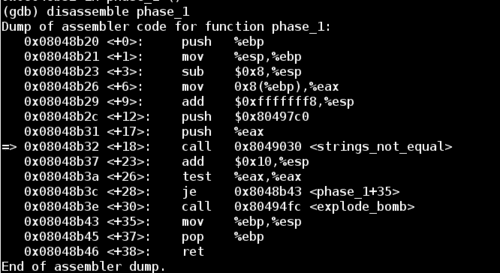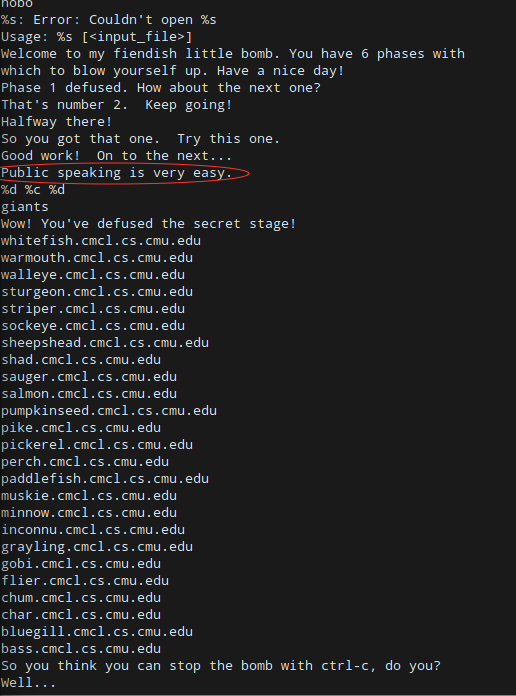

But this is designed to offer various WS - * specifications such as WS – Reliable Messaging, WS - Transactions, WS - Security and so on which are not supported by Basic binding. It is like a basic binding and uses HTTP or HTTPS protocols for transport. This binding is provided by the WSHttpBinding class. This is very much used with social networks for implementing a syndication feed. It is used with REST based services that may provide output in XML or JSON format. It is designed to expose WCF services as HTTP requests using HTTP-GET and HTTP-POST. This binding is provided by the WebHttpBinding class. You can also use HTTPS with this binding. By default, it uses the HTTP protocol for transport and encodes the message in UTF-8 text format. It is designed to expose a WCF service as an ASMX web service, so that old clients (that are still using an ASMX web service) can consume the new service. This binding is provided by the BasicHttpBinding class.


Here is the list of 10 built-in bindings in WCF that we commonly use. All built-in bindings are defined in the System.ServiceModel Namespace. You can also define your own custom bindings in WCF to fulfill your needs. If we solve recursive equation we will get total (n-1) 2 (n-2) sub-problems, which is O (n2 n).Įach sub-problem will take O (n) time (finding path to remaining (n-1) nodes).WCF has a couple of built-in bindings that are designed to fulfill some specific needs. Here after reaching i th node finding remaining minimum distance to that i th node is a sub-problem. Since we are solving this using Dynamic Programming, we know that Dynamic Programming approach contains sub-problems. Because after visiting all he has to go back to initial node. If S is empty that means we visited all nodes, we take distance from that last visited node to node 1 (first node). After that we are taking minimum among all so the path which is not connected get infinity in calculation and won’t be consider. Say it is T (1,))īut it is not guarantee that every vertex is connected to other vertex then we take that cost as infinity. Here problem is travelling salesman wants to find out his tour with minimum cost.

We can observe that cost matrix is symmetric that means distance between village 2 to 3 is same as distance between village 3 to 2. Travelling Salesman Problem (TSP) Using Dynamic Programming Example ProblemĪbove we can see a complete directed graph and cost matrix which includes distance between each village. The correct approach for this problem is solving using Dynamic Programming.ĭynamic Programming can be applied only if main problem can be divided into sub-problems. But our problem is bigger than Hamiltonian cycle because this is not only just finding Hamiltonian path, but also we have to find shortest path.įinally the problem is we have to visit each vertex exactly once with minimum edge cost in a graph.īrute Force Approach takes O (n n) time, because we have to check (n-1)! paths (i.e all permutations) and have to find minimum among them. This is same as visiting each node exactly once, which is Hamiltonian Circuit. He has to travel each village exactly once, because it is waste of time and energy that revisiting same village. And there is a Salesman living in village 1 and he has to sell his things in all villages by travelling and he has to come back to own village 1. To work with worst case let assume each villages connected with every other villages. Let say there are some villages (1, 2, 3, 4, 5). Here you will learn about Travelling Salesman Problem (TSP) with example and also get a program that implements Travelling Salesman Problem in C and C++.


 0 kommentar(er)
0 kommentar(er)
